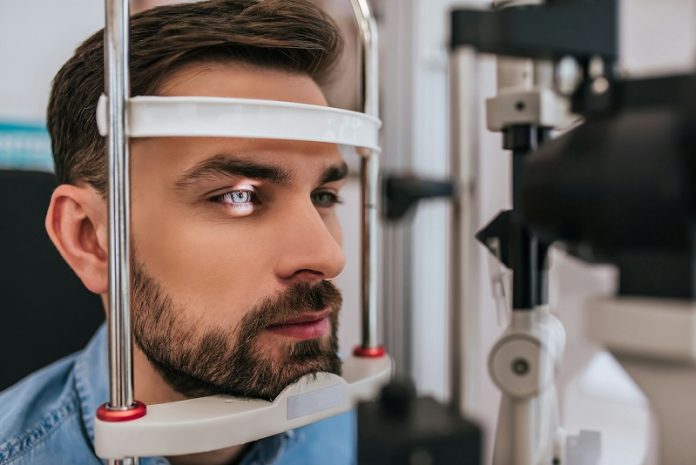
Vision loss affects millions of people around the world and can significantly impact daily life.
Understanding the common causes of vision loss and the research behind them can help in preventing or managing this condition.
One of the leading causes of vision loss is age-related macular degeneration (AMD). This condition affects the macula, a small part of the retina responsible for sharp, central vision.
As people age, the cells in the macula can start to break down, leading to blurred or lost vision in the center of the visual field. Research has shown that AMD is more common in people over 50, and the risk increases with age.
While there is no cure, treatments like special injections or laser therapy can slow the progression of the disease.
Another common cause of vision loss is cataracts. A cataract is a clouding of the lens in the eye, which can make vision blurry or dim. Cataracts often develop slowly and are more common in older adults.
Research indicates that factors like smoking, excessive sunlight exposure, and diabetes can increase the risk of developing cataracts. Surgery to replace the cloudy lens with a clear artificial one is a highly effective treatment and can restore vision in most cases.
Glaucoma is another major cause of vision loss. This group of eye diseases damages the optic nerve, often due to high pressure inside the eye. Glaucoma can develop without noticeable symptoms until significant vision loss occurs.
Regular eye exams are crucial for early detection. Treatments such as eye drops, medications, laser treatments, or surgery can help manage glaucoma and prevent further vision loss.
Studies have shown that African Americans, people over 60, and those with a family history of glaucoma are at higher risk.
Diabetic retinopathy is a complication of diabetes that affects the eyes. High blood sugar levels can damage the blood vessels in the retina, leading to vision problems. This condition can cause blurry vision, floaters, and even permanent vision loss if not managed properly.
Research emphasizes the importance of controlling blood sugar levels through diet, exercise, and medication to prevent diabetic retinopathy. Regular eye check-ups are also essential for early detection and treatment, which may include laser therapy or injections.
Refractive errors, such as nearsightedness, farsightedness, and astigmatism, are common causes of vision problems but can usually be corrected with glasses, contact lenses, or surgery.
However, if left uncorrected, these errors can lead to more severe vision impairment. Research shows that regular eye exams are important to ensure that vision problems are identified and corrected early.
Another cause of vision loss is retinal detachment, where the retina pulls away from the back of the eye. This is a medical emergency and requires prompt treatment to prevent permanent vision loss.
Symptoms can include a sudden increase in floaters, flashes of light, or a shadow over the visual field. Research indicates that people who are very nearsighted or have had eye injuries are at higher risk for retinal detachment.
Infections and injuries can also lead to vision loss. Conditions like conjunctivitis (pink eye), keratitis, and uveitis can cause serious damage if not treated promptly. Eye injuries from accidents or foreign objects can also result in vision loss.
Research stresses the importance of protective eyewear in environments where eye injuries are likely, such as during sports or certain jobs.
Inherited eye conditions, such as retinitis pigmentosa and Stargardt disease, can also cause vision loss.
These genetic disorders affect the retina and often lead to progressive vision loss. While there is currently no cure for many inherited eye diseases, research is ongoing, and treatments to slow progression and manage symptoms are being developed.
In summary, vision loss has many causes, including age-related macular degeneration, cataracts, glaucoma, diabetic retinopathy, refractive errors, retinal detachment, infections, injuries, and inherited conditions.
Understanding these causes and the research behind them can help in taking preventive measures and seeking appropriate treatment. Regular eye exams, protective measures, and managing underlying health conditions are essential steps in preserving vision and maintaining eye health.
If you care about eye health, please read studies about how vitamin B may help fight vision loss, and MIND diet may reduce risk of vision loss disease.
For more information about eye disease, please see recent studies about how to protect your eyes from glaucoma, and results showing this eye surgery may reduce dementia risk.
Copyright © 2024 Knowridge Science Report. All rights reserved.



